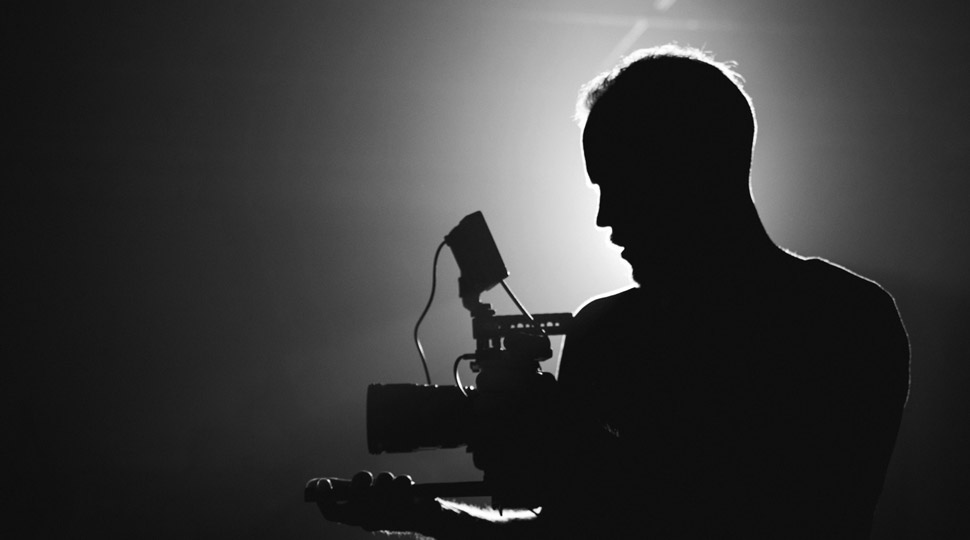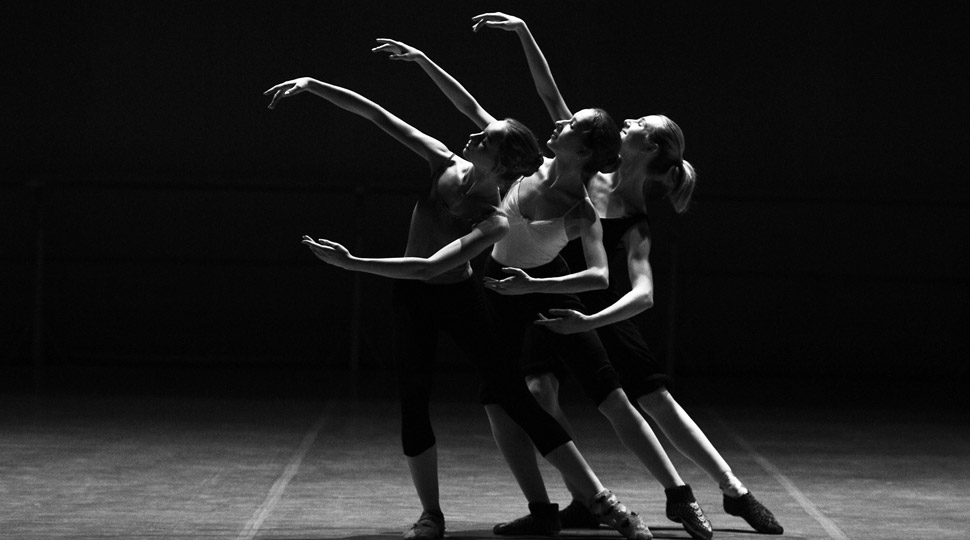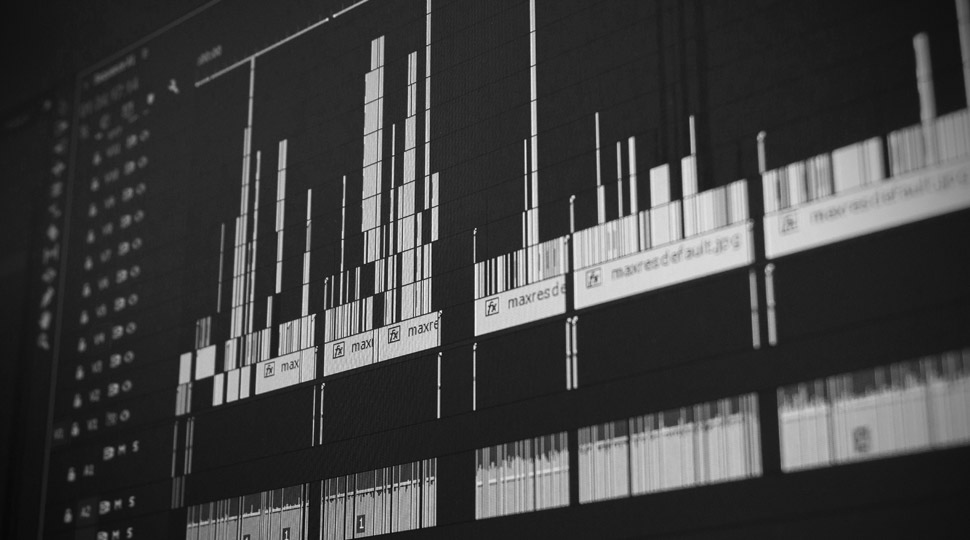Video editing is a delicate art that creates meaning out of moving images. Often, the best video editing blends into the background, promoting storytelling seamlessly without standing out or distracting from the action.
When starting out, many beginners make the same mistake – simplistic cutting between characters and dialogue, or overusing wide shots. Anyone can master the art of video editing once they learn the tricks of the trade. Here are nine pro tips for beginners.
1) Think About Pacing
At the heart of compelling video is pacing, the rhythm that your video production has. By having cuts come at a certain tempo, not too slow, not too fast, your video can have a perfect flow. When you start out editing video, it’s easy to overlook the impact that your choice of cuts has on the overall feel of your production. Consider the energy you want your video to have and whether that’s fast and furious or slow and measured, match the cuts to the feel.

2) Take A Break
Seasoned video editors know that once you get too close to a project, you can’t see the forest for the trees. Sometimes you need a break from focusing on the details to understand how your project is forming. If you feel yourself struggling, take a day off from working on your video – you’ll find yourself coming back with fresh eyes.

3) Try Tight Cuts
Mastering tight cuts is essential for producing dynamic, fast paced video. Any video project that involves a lot of dialogue will inevitably be filled up in these gaps in speech, natural pauses that, in video, serve to slow down the action. Try chopping these pauses out in the edit room to create a more engaging video.
4) Use Constraint On The Wide Shots
Wide shots provide the audience with some context at the start of the scene and can be used to segway between the action in your video. However, too much of this footage starts to feel like filler and, whilst providing valuable information about the setting of a scene, can slow down the action and distance your audience from the characters they’re watching.

5) Put The Story Before The Footage
When you’re bringing your video together in the edit room it’s easy to get carried away by your favorite shots, even when they add nothing to the story. If beautiful footage adds nothing to the story, then it’s going to have to end up on the cutting room floor.
For example, if you’re producing a video where the storyline is driven by characters and their relations, wide shots might have to be abandoned in favor of close ups that offer an insight into character development.
6) Watch Your Character’s Body Language
Good video editing means using everything at your disposal to tell a story, from your wide shots, filler footage to close up of your characters. Viewers will instinctively pick up on your character’s body language and this can often add depth to storytelling in a way that dialogue can never reach.
Match your cuts to your character’s body language, cutting away during subtle lulls in character behavior to create an intuitive tempo to your video.

7) Chop Out Mistakes
One of the most magical things about video editing is that you can erase almost any mistake that occurred during the shooting process. Taking advantage of this is a way to create a flawless finished product.
Cutting on action – shifting to a different shot whilst something is happening, showing it from a different angle, can allow you to hide mistakes in a way that doesn’t impact the storytelling.

8) The B-Roll Rule Of Three
When you’re adding b-roll footage to your edit, the rule of three feels natural to viewers. When inserting secondary footage, anything over 2 seconds will start to impact on the action – b-roll needs to be in-and-out otherwise viewers start to give it undue attention.
Using one or two shots together often feels unsatisfying, whereas three shots together, lasting four to six seconds, gives a natural break from the action.
9) Utilize Split Edits For A Professional Appeal
When video editors are starting out, they often match their cuts in audio and footage. For beginners, it feels natural that when the camera changes, the audio follows. However, split cuts (also known as J-cuts or L-cuts), where the audio carries over video cuts can give your edits a better flow.
And, Action!
Mastering the art of video editing takes work and it doesn’t happen overnight. However, you can give yourself a head start with these pro tips. Time to leap into action!
Michael Dehoyos is a graphic designer and editor at Assignment Writing Services and works as a freelance videographer. He has shot ads, music videos and creative shorts across a wide range of disciplines. Although he works mostly in digital his favorite film is still 8mm reel.


